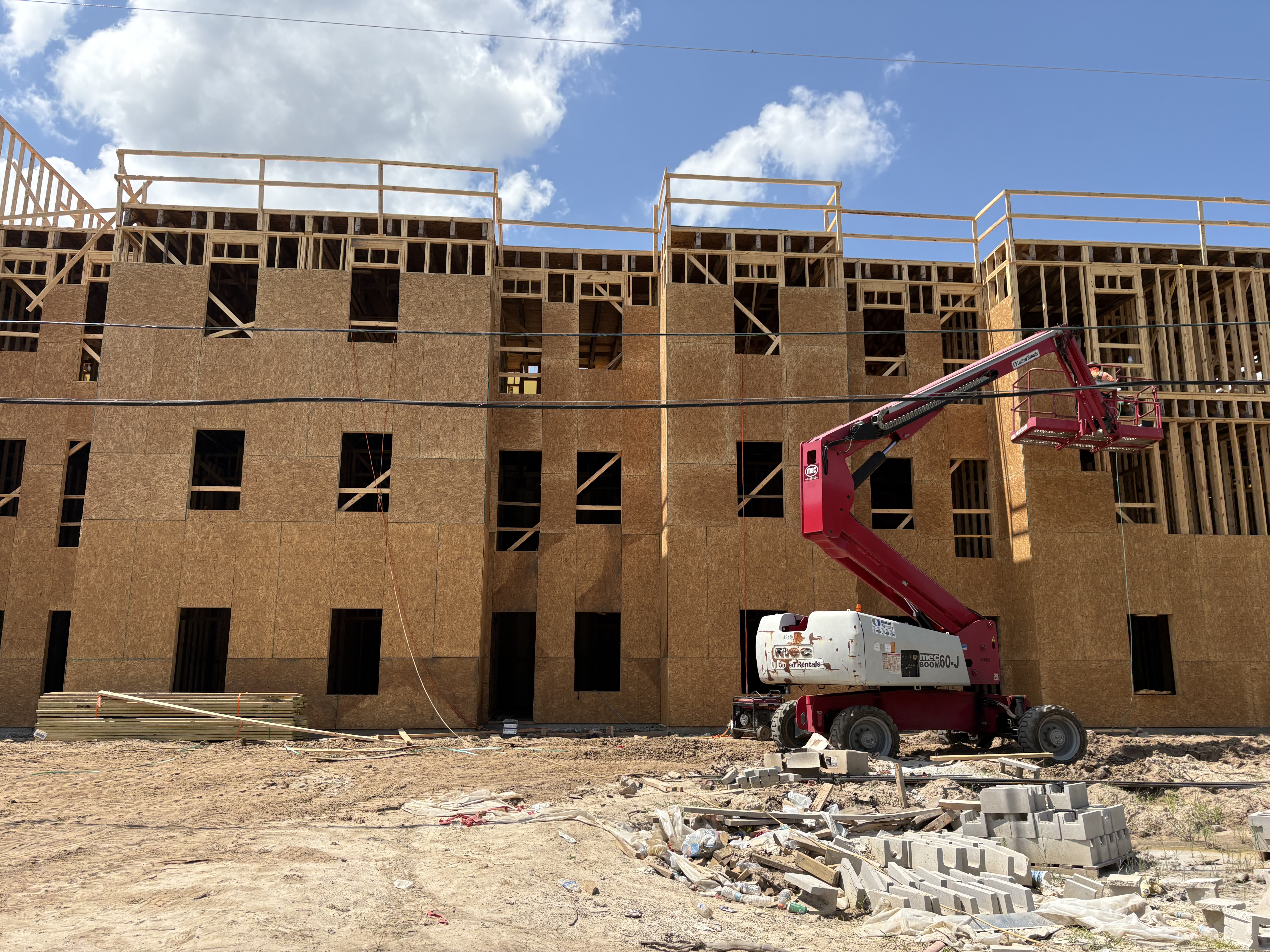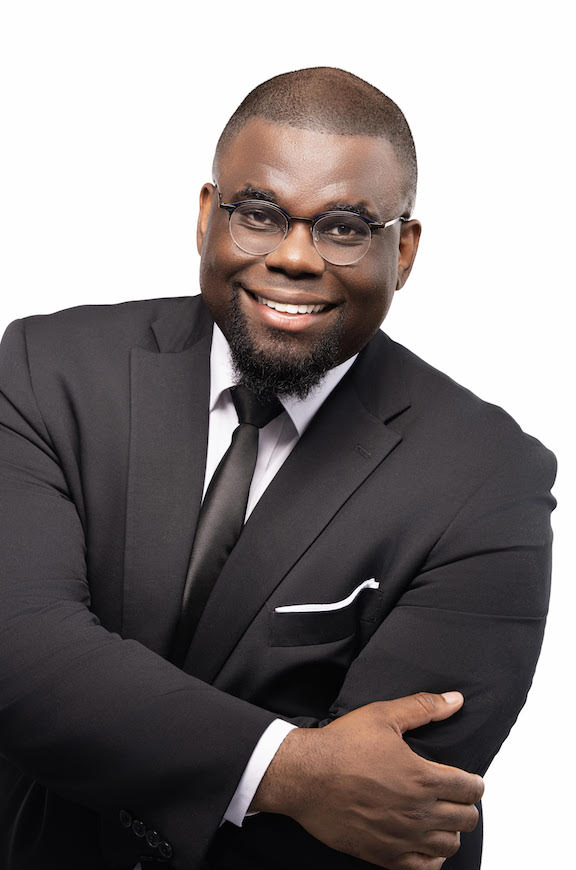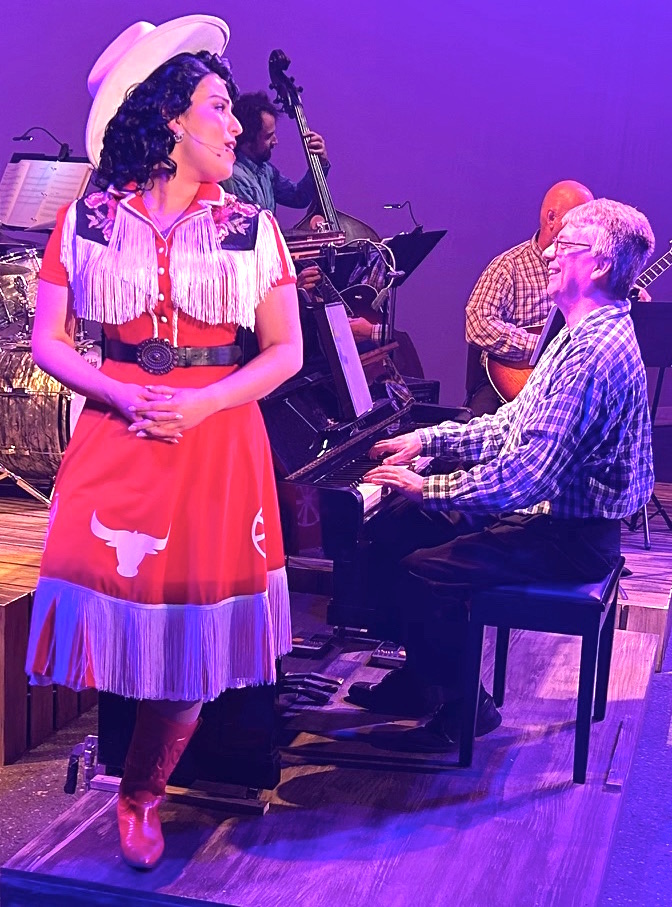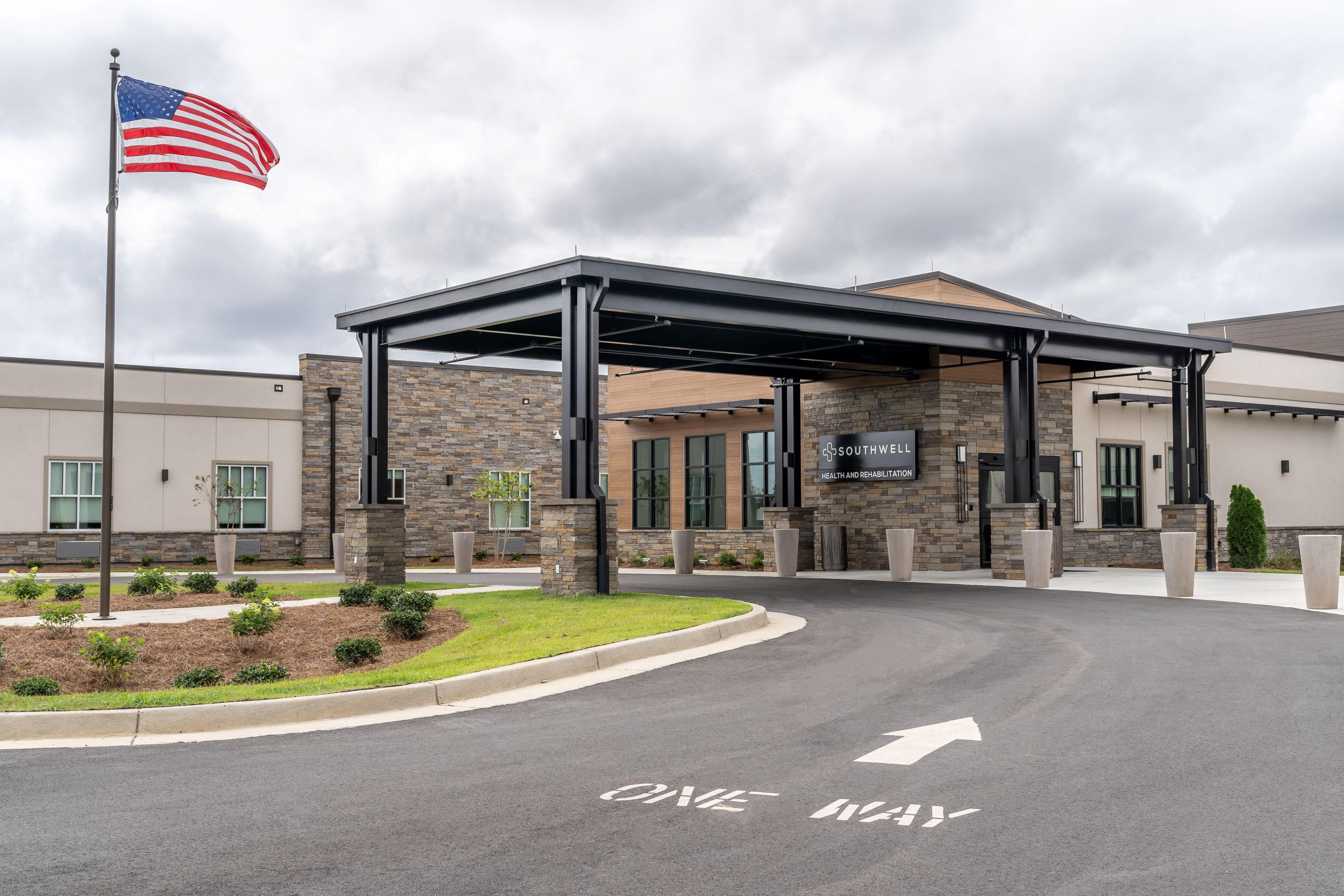Black colleges fight pandemic with limited funds
Published 2:00 pm Tuesday, September 15, 2020

- Savannah State University
ATLANTA — As higher education institutions rushed to return to in-person instruction, historically Black colleges and universities have been left to mitigate COVID-19 spread on campus with fewer resources.
In Georgia, colleges and universities faced mounting pressure to reopen in-person instruction for the fall as Gov. Brian Kemp continues phasing the state’s economy back to full swing.
Trending
All 26 University System of Georgia schools offer some degree of in-person learning by regent mandate and the 22 institutions in the Technical College System of Georgia are all returning to in-person instruction for the fall semester.
But the state’s HBCUs face the pandemic with historically fewer resources to serve their student populations that — because of their demographics — are disproportionately affected by the virus.
An Aug. 30 White House Coronavirus Task Force report on Georgia urged state leaders to expand testing and other COVID-19 resources to college campuses and noted the state’s HBCUs should be given even further support.
Ty Couey, president of the National HBCU Alumni Associations Foundation, told CNHI that in Southern states, where leadership has pushed public institutions to return to normal, the needs of public HBCUs are great.
“Our HBCUs are in dire need of additional resources because typically they’re underfunded anyway,” he said. “… For HBCUs, ever since their founding, they’ve been in a crisis.”
According to a 2019 report, public HBCUs rely on federal, state and local funding — 54% of their overall revenue — more heavily than non-HBCU institutions — 38% of their overall revenue.
Trending
Both public and private HBCU endowments lag behind non-HBCUs by at least 70% which provides less buffer for decreases in government funding.
“Despite efforts to counter a historical legacy of inequitable funding and notable investments by the federal government and many state governments, resource inequities continue to plague HBCUs,” the report concluded.
Kimberly Ballard-Washington, interim president at Savannah State University, said the public HBCU’s small staff and campus impact the number of COVID-19 cases it could handle.
The case numbers being reported on college campuses across the country right now, she said, are “scary.”
“We can’t get even close to those numbers and be in a safe environment,” she told CNHI. “But no matter what we’re doing to protect the campus community, you can’t stop COVID-19 at the door.”
The school is doing its best to keep students from venturing off campus, Ballard-Washington said.
“Right now, we want them to stay close to home, stay on campus so that we can make sure that they are participating in safe events,” she said. “That will help protect our campus community, including our faculty and our staff.
The university was awarded $8 million through the federal CARES Act, which is going toward maintaining testing supplies and personal protective equipment — but much went toward refunding students when they left campus early in the spring.
“We don’t have a lot of extra dollars hanging around that we can just pull from,” Ballard-Washington said. “If we were to get to the point of not having the resources to engage in the testing, not having resources to be able to have the PPE on campus that we need, we would definitely have to ask for further assistance.”
Private HBCUs have also not been spared challenges.
Morehouse College President David A. Thomas announced in May the institution would reduce its staff, implement furloughs and cut pay in an effort to offset an anticipated budget deficit expected by the pandemic. In June, Morehouse was gifted $40 million from Netflix CEO Reed Hastings and his wife, philanthropist Patty Quillin to go to full-ride scholarships.
Ballard-Washington said Savannah State University doesn’t often see large corperate donations.
“Whereas a lot of larger corporations are giving to universities, it’s not typically universities like Savannah State University,” she said. “If we could have more corporate dollars, we would be able to be more competitive on a lot of fields, but definitely against the fight of coronavirus, too.”
Couey said with students returning to campuses across the country, institutions are trying to corral their population to stay on campus in an attempt to avoid a case outbreak.
“It should have been stopped from the start,” he said. “Because most states have not gotten a real good handle on this problem, especially in many of the Southern states where most of the HBCUs are located.”
Of the association’s members, Couey said, more than 60% of the students are the first generation in their families to attend college.
“So with that in mind, they’re not necessarily coming from the wealthiest communities,” he said. “They’re in those communities where a lot of the virus spread has taken place because of poverty and just lack of funding.”
The Centers for Disease Control and Prevention, based in Atlanta, reported in July there is mounting evidence that minority communities are disproportionately at risk for contracting and dying from the virus.
The racial data tracker maintained by the COVID Tracking Project shows nationwide, Black people are dying from coronavirus 2.4 times the rate of white people and in Georgia, disparities in deaths by race follow a similar trend.
Couey said he is glad to see a recommendation to provide additional resources for HBCUs come from the White House.
“We have to deal with this issue on a national level,” he said. “Because most of the highest percentage of people who are dying from the virus are people of color.”





